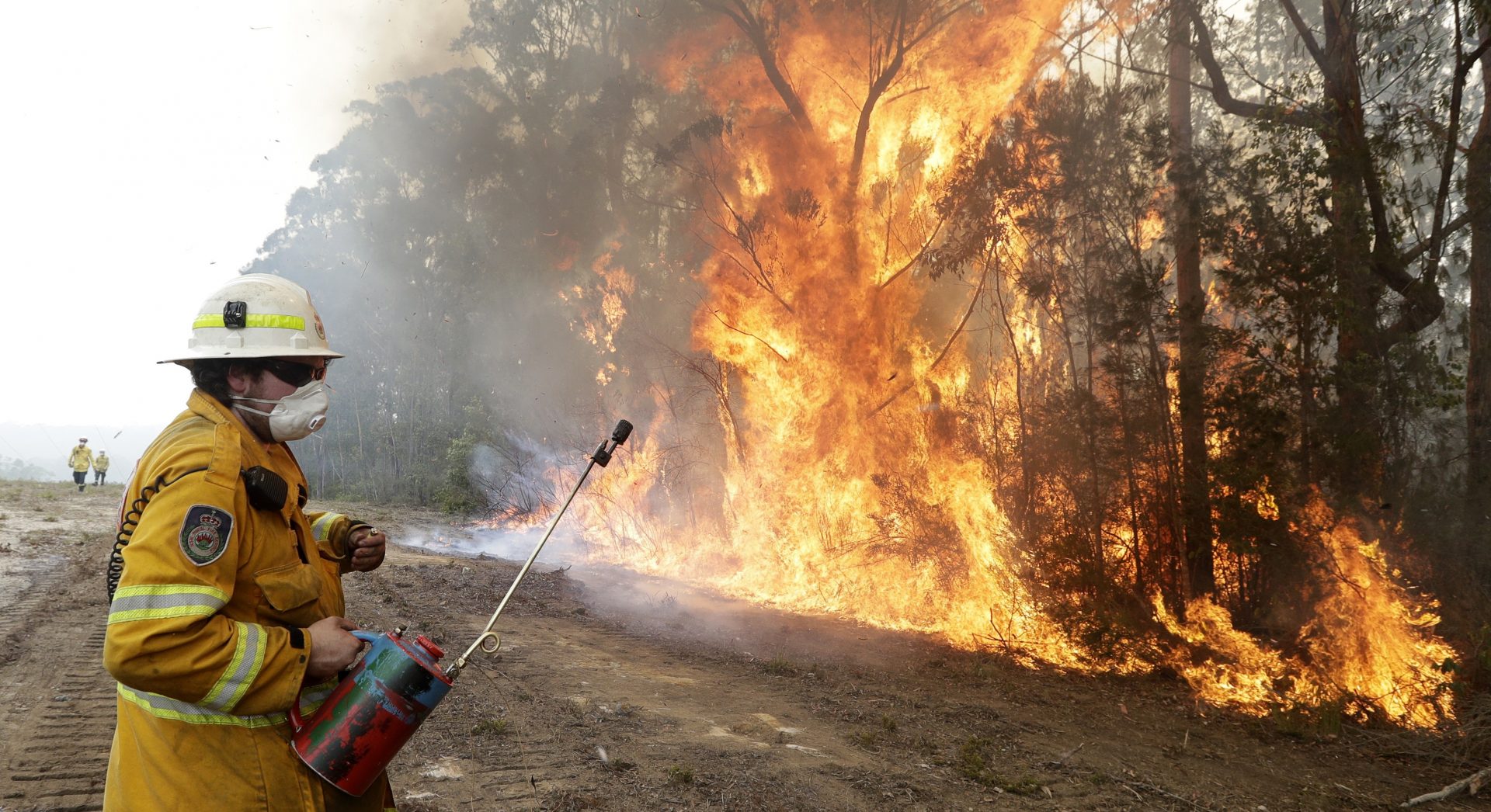Make a resolution in 2020 to save energy to save our planet
Opinion of Morgan Hill Life
In a Livermore fire station, the “Centennial Light” is the world’s longest-lasting light bulb, burning since 1901. Due to its longevity, the incandescent bulb has achieved note in The Guinness Book of World Records. The bulb is a relic of a by-gone age. The California Energy Commission voted in November to ban the sale of inefficient light bulbs starting Jan. 1. With the new year, say goodbye to incandescent as well as halogen light bulbs.
We find it bitterly ironic that the record-setting lightbulb can be found in a Bay Area firehouse. Lighting accounts for 15 percent of global electricity consumption and five percent of worldwide greenhouse gas emissions, according to energy.gov. Compared with LED lighting, incandescent bulbs are significant wasters of electric energy. They contribute more to fossil fuel burning at power plants, emitting carbon dioxide into the atmosphere. This greenhouse gas contributes considerably to the climate crisis our planet is now facing. Global warming produces more extreme weather. We’ve seen how it has increased the effects of drought here in California, leading to longer and more devastating wildfire seasons. In recent weeks, the continent nation of Australia has also experienced horrific wildfires enhanced by drought from climate change.
Small steps lead to big results against climate change. We encourage changing your old incandescent light bulbs to more energy efficient ones. The best-performing 60-watt equivalent LED bulbs available on the market consume 85 percent less energy than their incandescent counterparts. That’s significant. The “waste heat” produced by incandescent bulbs can increase home cooling costs. The savings in your electric bill by installing a single Energy Star bulbs is about $6 per year and $40 for its lifetime, according to the Environmental Protection Agency. If every American home replaced only one old-fashioned light bulb with an Energy Star-rated bulb, we would reduce greenhouse gas emissions by nine billion pounds. That’s about the equivalent of 800,000 cars, according to the EPA.
There are other habits you and your family can develop in 2020 that will help to reduce your home’s carbon footprint. An old favorite is simply to switch your lights off when you leave the room. Also, unplug your electronic devices when you’re not using them. Experts recommend turning your water heater down to 120 degrees. This can save about 550 pounds of carbon dioxide a year.
Another energy efficiency habit is to wash clothing in cold water when you do your laundry. The enzymes used in cold water detergent are designed to clean better in low-temperature water. Doing two loads of laundry weekly in cold water instead of hot or warm water can save as much as 500 pounds of carbon dioxide put into the atmosphere each year.
Transportation also generates significant amounts of carbon emissions around the world. Consider in the new year driving less and walking more — you might even lose weight from the added exercise. Find ways to take public transportation, carpool, ride-share or bike to your destination when possible. This habit can not only reduce CO2 emissions, it also lessens traffic congestion. When doing errands around town, combine them into one trip to reduce driving.
Cities can also take actions to reduce the carbon emissions that produce global warming. Morgan Hill and Gilroy are two of the 13 communities in Santa Clara County that joined Silicon Valley Clean Energy, a group redefining the local electricity market by providing residents and businesses with new clean energy choices. SVCE works in partnership with PG&E to purchase clean electricity — renewable and carbon–free electricity at competitive rates — direct from the source. This encourages market growth and competition pushing the growth of more renewable energy and lower energy generation rates.
Science shows global warming’s effects are amplified by modern civilization’s emissions of carbon dioxide and other greenhouse gases. The cost is high for society — and it will continue to get higher as environmental and weather conditions grow worse. We saw the impact of climate change to life and property recently in Australia from the wildfires that ravaged so much of the continent.
As legislators return to Sacramento, many hope to pass a $4.2 billion climate bond, a proposal to borrow money before it’s needed to prepare for climate-fueled catastrophes in the future. Besides lives lost, wildfires destroy thousands of homes, generate billions of dollars in insurance claims and hit taxpayers hard with the billions of dollars spent on firefighting and clean-up.
Cutting greenhouse gas emissions is crucial in fighting global warming and climate changes that may be a factor in catastrophic weather events. Make a new year’s resolution to play your part in 2020 and beyond.







